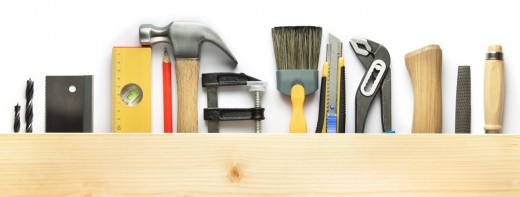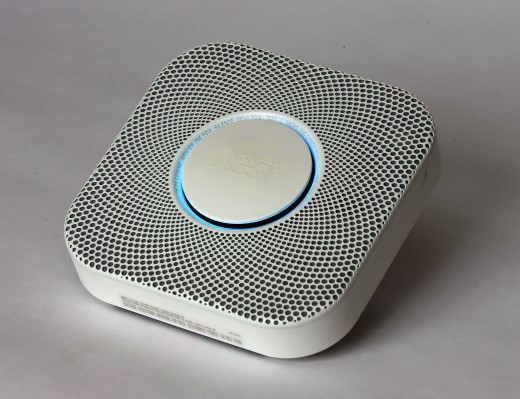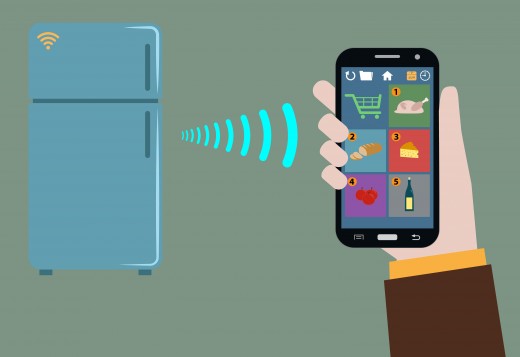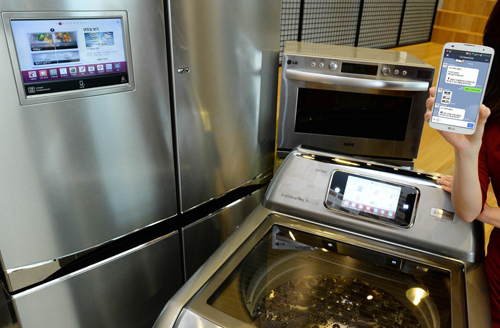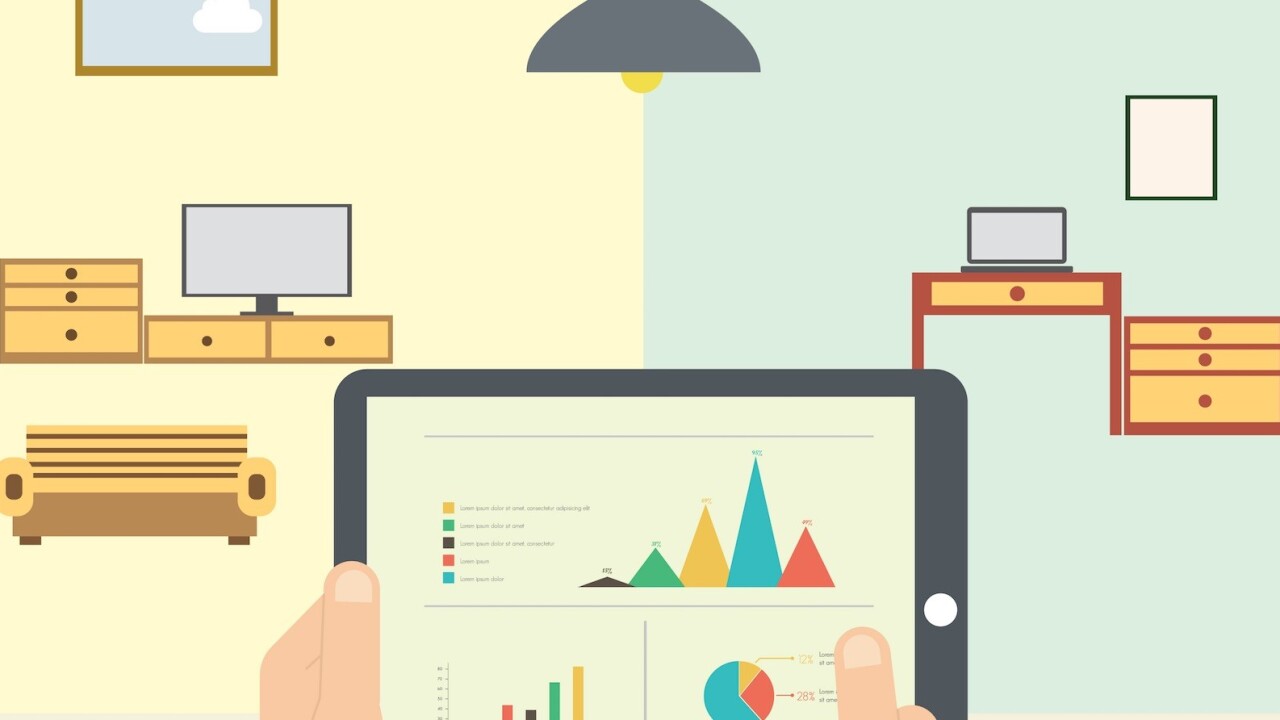
Do-It-Yourself (DIY) is seemingly everywhere – from home improvement to healthcare. The DIY Network is an entire television channel devoted to projects you can do yourself. When a simple search can find pages of Pinterest projects for every room in your house and day of the year, the allure and growth of DIY feels endless.
As DIY-thinking has been injecting itself into industry after industry, we’ve also witnessed the rise of smart devices and the connected home. According to Parks Associates, 16 percent of U.S. broadband households currently own a connected home device, and nearly 40 percent plan to buy one this year. According to Gartner, by 2022 the typical home could contain more than 500 smart devices.
Nearly every day another home appliance and gadget manufacturer touts its products as ‘DIY,’ and as a result, many consumers are embracing the romantic notion of a DIY smart home – self-installed one device at a time.
Unfortunately for most homeowners, the 100 percent self-installed smart home is not, nor will it likely ever be, the reality. Here are a few reasons why.
Installation isn’t necessarily easy, or easier
Everything with a power cord or a battery either already is or soon will be connected to the Internet, all promising to deliver smarter capabilities. However, just because home products are becoming “smarter” doesn’t mean they are becoming easier to install or configure. Sure, there are and will be tons of counter-top products that consumers can plug into a wall socket and connect to WiFi.
But for those envisioning a more complete “smart-home,” they should think in terms of in-home infrastructure or appliance products and systems, not just plug-and-play consumer products.
Consumer technology researcher Michael Wolf argued in a recent Forbes article that physical installation is one big reason why “DIY is the smart home industry’s big lie.” Wolf concludes that “Grandpa, Mom or even me” will likely need professional help installing “that new intelligent wall switch or smart water valve without electrocuting myself or flooding the house.”
The components, products, and tools necessary for projects like interior and exterior painting, sprinkler systems, plumbing, electrical outlets and switches, A/C units, water heaters, and security systems have been available for purchase by consumers for decades. Yet the vast majority of homeowners still hire specialists to install and service these infrastructure-like products.
Case in point: one of the top advertised tasks at TaskRabbit is to help you “build your IKEA furniture.” If consumers get frustrated setting up an IKEA chair, how many are willing to spend the time (not to mention endure the potential frustration) of a DIY project that includes physical installation, electronics, and then home networking?
For most installations of network-aware devices and home systems, consumers will want and need professional assistance. That’s likely why Lowe’s, which offers its own smart home platform, Iris, invested $27.6 million in Porch.com, a startup offering a nationwide network of local installers. Lowes followed this by being part of another $65 million Series B funding round led by Valor Equity.
Home Depot is also looking into comparable approaches, similar to what Best Buy did with its Geek Squad back in 2002. And just recently, investors began clamoring to meet the more visible consumer needs of ‘smarter products’ by funding the creation of local expert service networks to help consumers with their smart devices and home technology products — check-out new entrant Hello Tech.
Even Amazon is getting in on the game, recently re-launching a network of professional helpers for more than 700 different services, including installations.
The orchestra has no conductor
With each individual “smart” device that you add to your home, the more unintended complexity you may be introducing. Most devices – even though they are connected to the Internet, they don’t talk or listen to one another. That’s because each device comes with its own app, communication protocol and software, causing all of your devices to act independently of one another.
As homeowners add more and more smart devices around their houses, it’s only natural that many will want devices to perform in unison, like musicians in an orchestra. The problem is, there’s no conductor to synchronize the discordant sounds, making them perform more like a band warming up than a beautiful concerto.
Currently, there are a myriad of efforts underway to help get smart devices to be more harmonized, such as The Open Interconnect Consortium, The AllSeen Alliance, and The Thread Group.
But it could be years before any one of these initiatives yields commercially-functional chipset components that are also broadly embedded in multiple products and installed and used by consumers in the same homes – let alone becomes an industry standard that enables all devices to “talk” and “listen” to one another. And these efforts do very little to overtly reduce different apps, different preferences, and distinct schedules from each manufacturer.
Another mega-contender and approach to the smart home opportunity comes from Apple and their HomeKit framework, envisioning consumers controlling multiple devices from one iOS device. At CES 2015, several companies showed off their early HomeKit-compatible product concepts, each with its own app, including Honeywell, Insteon and iHome.
Meanwhile, Apple is also likely developing its own HomeKit-enabled products, such as an iPhone dock or updated Apple TV to act as a HomeKit hub. But the question remains, who is building the unifying service so that when you want to watch TV, or stream a movie, (whether via Hulu, Netflix, Amazon, iTunes, etc.), the lights automatically dim and the window shades automatically close?
It’s still early days and the proverbial jury is still out, but one wonders whether the traditional large companies (e.g. Samsung, Apple, LG, Sony, Google, etc.) will agree to interoperate among themselves and relegate master orchestration to just one of them, or whether scores of smaller product manufacturers will choose a single larger player to be maestro, or if they will each develop for multiple platforms, or even try to create their own orchestra.
The surprising things a truly connected smart home can do
Given these challenges, some consumers are likely to wonder if going down the smart-home path is even worth it. However, consider the possibilities of a smart home with devices that actually speak and listen to one another:
- In the morning, a “Wake-up scene” prompts your bedroom drapes to open slowly to the daily sunrise, while the thermostat adjusts, and the morning news or music gets started.
- A simple press of the “Goodbye” button on your way out could turn off all the lights, TVs and audio systems, adjust the temperature, ensure doors are locked, and arm the security system.
- While you and family are gone, you could receive mobile alerts when your child arrives home from school, or if she/he hasn’t arrived by a certain time. If there is a water leak in the laundry room, you could be alerted to take action long before arriving home to a flooded house.
- During the day, your window shades throughout your entire home could automatically adjust based on time and position of the sun, helping you save energy and keeping your home more comfortable.
- For added peace of mind, get a mobile alert and automatically start a security camera recording whenever someone pulls into your driveway.
All of these scenarios, and infinitely more, are already possible today, but they do not come from just boxes off a shelf or an e-commerce site. Professional providers of home automation systems deliver these smart solutions and they are professionally designed, installed, and personalized to homeowner and family needs.
At Control4, we have found that the number one thing people want when orchestrating their connected home is individual product choice and ability to customize them as a collective. They want the ability to start small and expand over time, and they want to choose from all of the smart products on the market.
Meeting those needs requires an open platform with the ability to deliver near everything from intelligent lighting, multi-room audio and video, family-room entertainment automation, and efficient comfort systems for home heating and cooling — and all must be accessible and controllable via in-home devices and through a single app on Android and iOS.
Putting the pieces together
The possibilities and benefits of the truly smart home are expanding every day. When all the pieces are professionally put in place, home automation can be meaningfully beneficial to daily life, practical, efficient, and valuable. Our world and lives are becoming more connected, and it’s inevitable that our homes will be more connected and intelligent too.
But much like electricity, lighting, plumbing, and heating and cooling, the orchestrated smart home is not likely a DIY project. And for most, it probably never will be — by their own choice.
Read Next: LittleBits introduces Internet of Things enabled Smart Home Kit
Picture credits: Shutterstock
Get the TNW newsletter
Get the most important tech news in your inbox each week.
